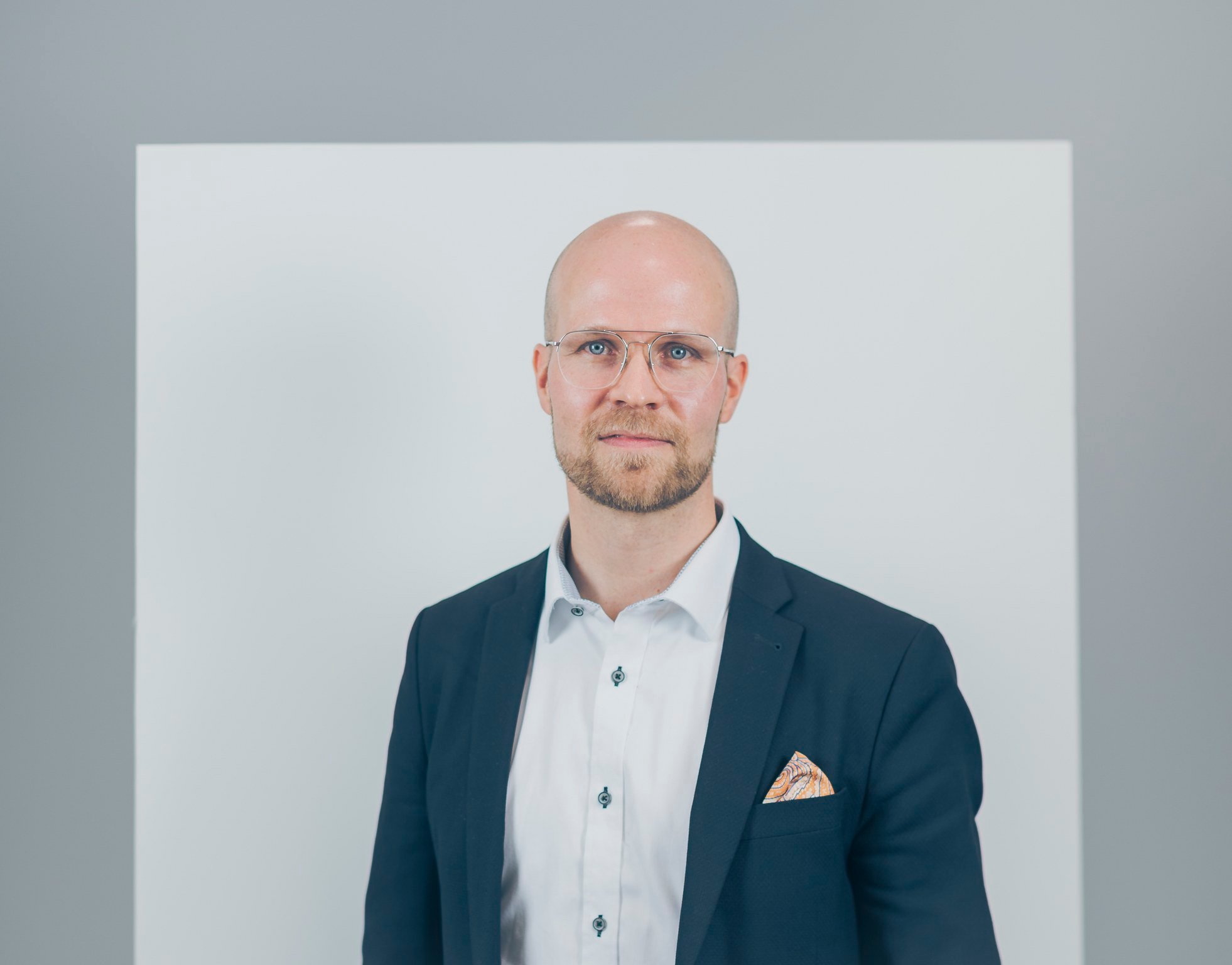Universities are vital for regional development as trainers of talent and producers of research knowledge. Of course, they are also a source of vitality for the region in their own right, as the LAB University of Applied Sciences and LUT University of Applied Sciences in Lappeenranta and Lahti, for example, together have more than 20 000 students and almost 2 000 employees.
At the Lappeenranta campus of LAB University of Applied Science, students can study social and health care, technology, business administration, hospitality and tourism, design, fine arts and visual communication. LAB has a turnover of around €80 million and is the sixth largest university of applied sciences in Finland in terms of student numbers. The name LAB sometimes raises questions
- LAB was chosen as the name of the school because it profiles itself as an innovation school for working life, the rector of the LAB University of Applied Science Turo Kilpeläinen.
- It also describes an active way of doing things, where different people and talents create new things together with companies.
The university and the polytechnic have their own roles to play
Universities and universities of applied sciences have different roles in the Finnish higher education landscape and both are needed. Kilpeläinen explains the role of universities and universities of applied sciences with a picture of the direction of RDI funding in Europe.

- Research-oriented activities are usually carried out in universities and are statutorily focused on social interaction and freedom of research, Kilpeläinen explains.
- The main output of such research is new knowledge published in articles and the research is mainly carried out with large companies.
Innovation-oriented RDI activities are typical of universities of applied sciences, with a statutory focus on regional development. In contrast to university research, the aim is to apply knowledge to practical solutions, products and services and the work is mainly carried out with the SME sector.
- The difference is not only in the funding used for RDI activities, but also in the timeframe, says Kilpeläinen.- Universities receive 36% of EU and 41% of national competitive funding, while universities of applied sciences receive 22% of EU and 22% of national competitive funding.
- The time span for research is at least five years for universities and 1-3 years for universities of applied sciences.
Developer of business operations, skills and solutions
According to Kilpeläinen, the best boost for the region is business growth and internationalisation. He also freely admits that if the region does not succeed, LAB will not succeed.
- Our approach to helping businesses is a very practical way of solving business problems.
- These can be production challenges, technology exploitation, testing or the measures needed for internationalisation.
According to Kilpeläinen, LUT universities see a combination of the above orientations as a way to meet the needs of future working life. Another future-oriented characteristic is the agility with which the university responds to the needs of companies.
- One example of this is the fact that teaching of electrical automation technology has also been started in Lappeenranta, when it was recognised as an essential competence for companies, Kilpeläinen says.- This training was already available in Lahti and it was relatively easy to include it in the Lappeenranta curriculum.
Although LAB has been very successful in its mission, serving both businesses and regional development commendably, the rector also has some concerns.
- One challenge for the Lappeenranta region is that we cannot get enough students to stay here after their studies, he says.-One way is to improve the internship and job opportunities for students and recruit them early on in their studies to companies in the region. This is a win-win situation.
Mr Kilpeläinen is particularly concerned about foreign students, who are numerous in Lappeenranta's higher education institutions. Although Finland is facing an unprecedented skills shortage, there is much room for improvement in their employment.
- Here, too, cooperation helps, he says.- We must constantly tell companies what kind of talent we have and vice versa: companies must be active towards students.
This phenomenon is by no means specific to the Lappeenranta region, but applies to the whole country. Kilpeläinen calls for a wide-ranging debate on the future skills shortage and the future of Finland as a whole. In a somewhat simplistic way, he sums up his concerns by comparing Finland to dynamic growth economies.
- While we Finns are just learning to see ourselves as part of Europe, the rest of the world sees Europe as an ageing, bureaucratic continent looking in the rear-view mirror.Something must be done.
Further information:
Rector Turo Kilpeläinen
LAB-ammattikorkeakoulu
turo.kilpelainen@lab.fi




